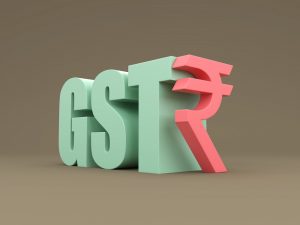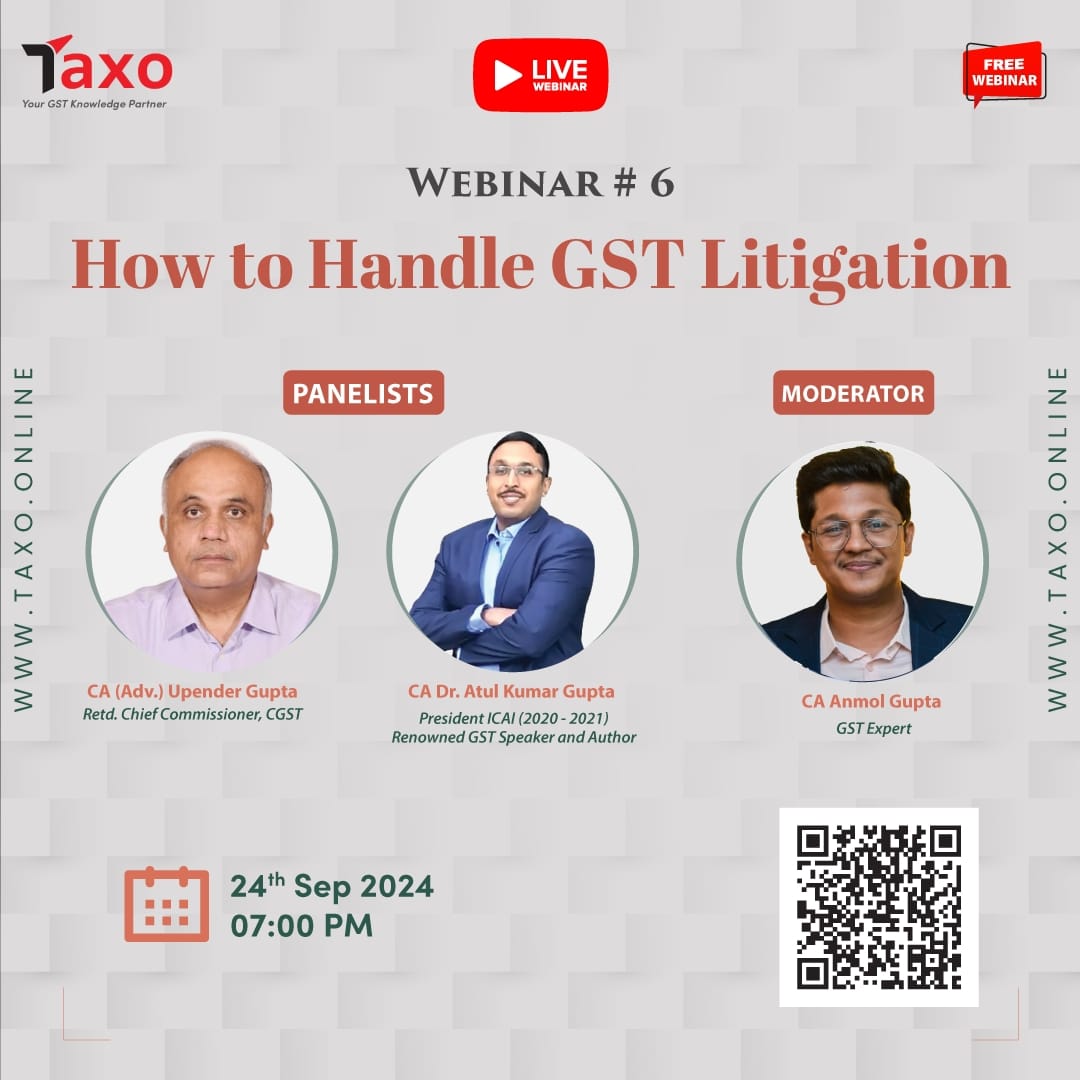 The Union Budget for the financial year 2024-25 may bring some relief on the minimum threshold, input tax credit and revision in GST rates on insurance products to make it easier to do business. However, Finance Minister Nirmala Sitharaman may avoid any major tinkering in the GST rates as she is going to present an interim budget in an election year.
The Union Budget for the financial year 2024-25 may bring some relief on the minimum threshold, input tax credit and revision in GST rates on insurance products to make it easier to do business. However, Finance Minister Nirmala Sitharaman may avoid any major tinkering in the GST rates as she is going to present an interim budget in an election year.
The small and medium business owners expect some relief in the minimum threshold for Goods and Services Tax (GST) registration in this year’s Budget, which could prove to be a booster for small-scale suppliers.
Reduced compliance costs would help such suppliers to do business easily. GST registration is mandatory for units with a turnover of more than Rs 40 lakh (for goods and Rs 20 lakh for some special category states) and Rs 20 lakh for services.
An increase in the limit to Rs 50 lakh would be a breather for such small units while the industry is also hoping for some clarity on GST registration necessity for export-focused businesses in the Union Budget to be presented on February 1.
Exporters are also expecting an announcement of simplification of the input tax credit (ITC) process in the budget this year. While the RBI and the Foreign Exchange Management Act have done away with the requirement for Foreign Inward Remittance Certificate (FIRC), exporters need to submit these certificates under the GST regime.
Finance Minister Nirmala Sithraman has stayed away from bringing any major change in the GST rate structure through the Finance Bill in the past. However, the finance minister has announced some amendments in the GST rules to bring reforms to the new tax regime.
In the previous budget for FY 2023-24, the Finance Minister announced several amendments. The minimum threshold of tax amount for initiating prosecution under GST was increased to Rs 2 crore from Rs 1 crore earlier for the offence of issuance of invoices without supply of goods or services or both.
As per the latest GST collection data, the government is expected to exceed the target for FY24. The monthly collections have shown a steady increase so far and this may lead to an upward revision to GST collections by the Finance Minister when she presents the Interim Budget on February 1.
The GST collection in the first eight months of FY24 stood at Rs13.32 crore, up 12 percent from the collection in the April-November period of 2022. With the rise in monthly GST collections, small and medium enterprises across sectors are hopeful of relief in GST for various goods and services.
What is GST?
The Goods and Services Tax (GST) is a new tax regime that was rolled out on July 1, 2017. GST is a unified indirect tax system which has replaced a plethora of central and state levies such as Value Added Tax, Central Excise Duty, Service Tax and other local levies.
Various goods and services have been divided into categories for the imposition of tax rates, which varies from 0 percent to 28 percent (maximum).
While essential products such as food items, medicines and others attract a minimum 5 percent GST rate, luxury items attract a higher 18 percent to 28 percent tax. Additional cess is levied on some luxury and sin goods to make up for the revenue shortfall for states due to the implementation of the GST regime.
Also, some goods such as fuel (diesel and petrol), jet fuel and alcohol have been kept out of the ambit of the GST regime.
Source: Money Control


